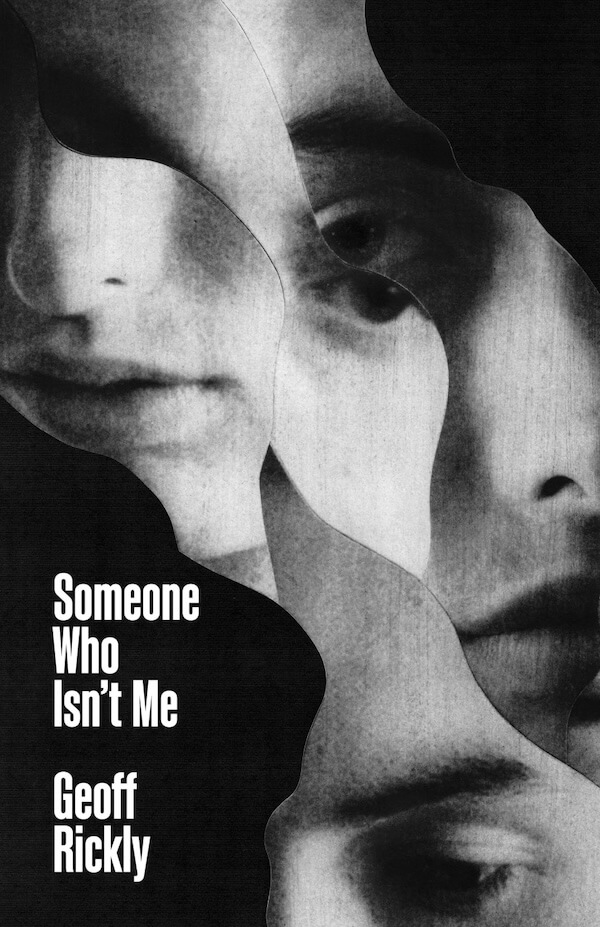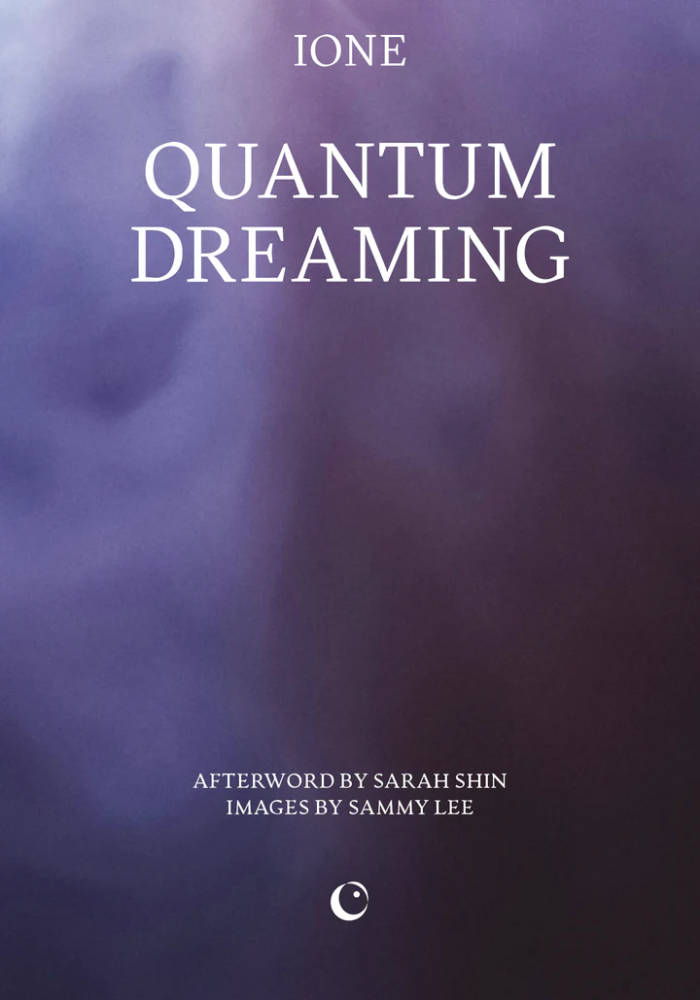
Subcontinental Synthesis
Paul Purgas ed.
The history of India's first electronic music studio founded in 1969 at the National Institute of Design in Ahmedabad by David Tudor.
Subcontinental Synthesis explores the history of India's first electronic music studio, founded in 1969 at the National Institute of Design in Ahmedabad with the support of the composer David Tudor. The essays and writings unravel the narrative and context surrounding the studio as well as the work of the Indian composers who created groundbreaking recordings during its four years of activity. The texts reflect on the role of electronic music within a post-independence India, considering its interconnections with experimental design, radical pedagogies, and the international avant-garde, as well as the encircling conditions of Western ideological soft power within the global expansion of Modernism.
Contributors: Geeta Dayal, Alannah Chance, Matt Williams, Shilpa Das, Jinraj Joshipura, You Nakai, Rahila Haque, and Paul Purgas.





